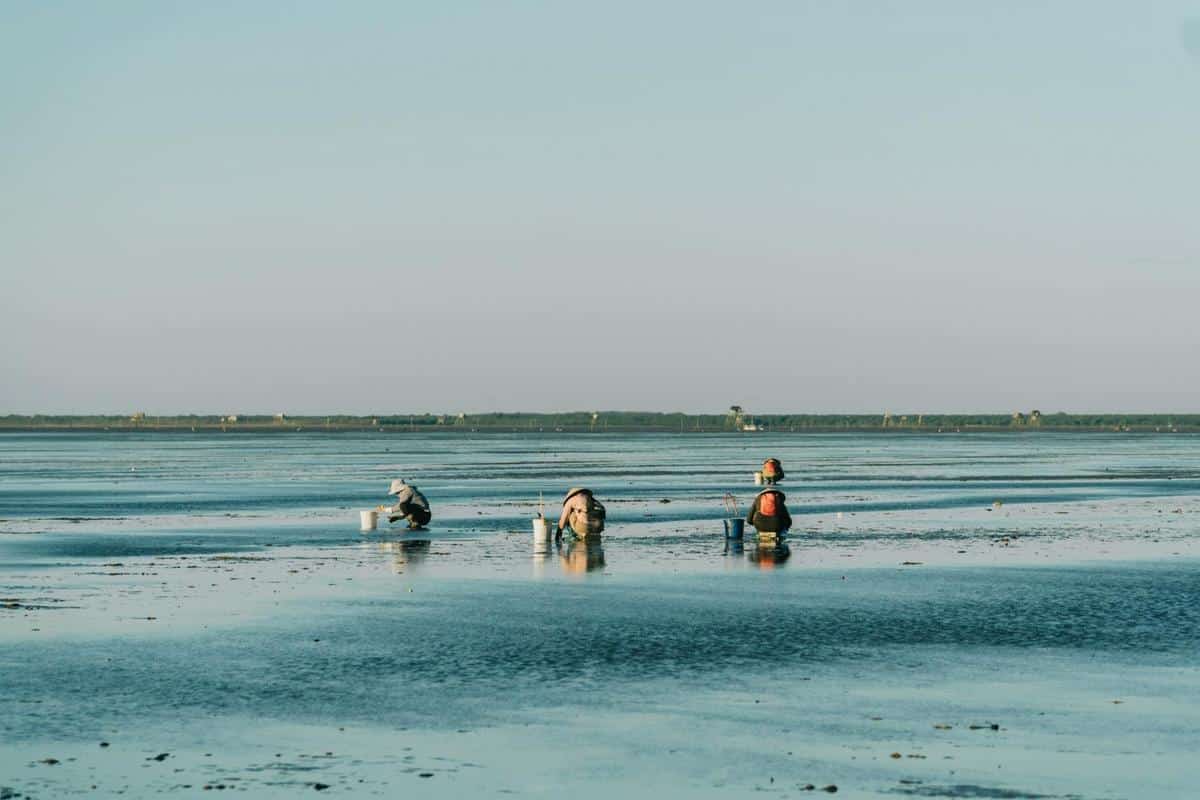
The Benefits of Sustainable Seafood: What to Look For
Sustainable seafood is more than just a buzzword in the culinary world; it represents a commitment to preserving our oceans and ensuring future generations can enjoy the bounty of the sea. By choosing seafood that is responsibly sourced, we not only protect marine ecosystems but also support communities that rely on fishing for their livelihoods.
Understanding Sustainable Seafood
At its core, sustainable seafood refers to fish and shellfish that are caught or farmed in ways that consider the long-term vitality of the species and the well-being of the oceans. Organizations like the Marine Stewardship Council (MSC) provide certifications to fisheries that adhere to strict sustainability standards. By looking for such certifications, consumers can make informed choices.
Expert Insights
Dr. Sylvia Earle, a renowned marine biologist, emphasizes that “choosing sustainable seafood is critical to maintaining the balance of marine ecosystems.” Her insights highlight the importance of consumer choices in driving demand for responsible fishing practices.
Statistics and Research
According to the Food and Agriculture Organization (FAO), over 30% of the world’s fisheries are being overfished. This alarming statistic underscores the need for sustainable practices. Research also shows that sustainable fisheries can increase fish populations, leading to more stable food security.
Personal Experiences
Consider the story of a local fisherman, Tom, who adopted sustainable fishing methods. By switching to selective gear that reduces bycatch, Tom not only preserved the fish population in his area but also saw an increase in his catches over time, proving that sustainable methods can be economically viable.
What to Look For
- Check for certifications like MSC or ASC labels.
- Opt for local and seasonal seafood to reduce carbon footprint.
- Avoid species that are known to be overfished, such as certain tuna species.
- Educate yourself on the fishing practices of your favorite seafood suppliers.
Comparison of Seafood Choices
| Seafood Type | Sustainability | Environmental Impact | Availability |
|---|---|---|---|
| Salmon (Wild) | High | Low | Seasonal |
| Salmon (Farmed) | Varies | Medium | Year-round |
| Tuna (Skipjack) | High | Low | Year-round |
| Tuna (Bluefin) | Low | High | Limited |
| Shrimp (Wild) | Low | High | Seasonal |
| Shrimp (Farmed) | Varies | Medium | Year-round |
| Cod (Atlantic) | Low | High | Limited |
| Cod (Pacific) | High | Low | Year-round |
FAQs About Sustainable Seafood
What does ‘sustainable seafood’ mean?
It refers to seafood that is caught or farmed in ways that ensure the long-term health of the species and the environment.
Why should I choose sustainable seafood?
Choosing sustainable seafood helps preserve marine ecosystems and supports the livelihoods of fishing communities.
How can I tell if seafood is sustainable?
Look for certifications such as MSC or ASC, and inquire about the source and fishing methods used.
Conclusion
By choosing sustainable seafood, we can enjoy delicious meals while protecting the oceans for future generations. Making informed decisions and supporting responsible practices not only benefits the environment but also ensures that seafood remains a part of our diets for years to come. Let’s all commit to a more sustainable way of eating by selecting seafood that aligns with these principles.


